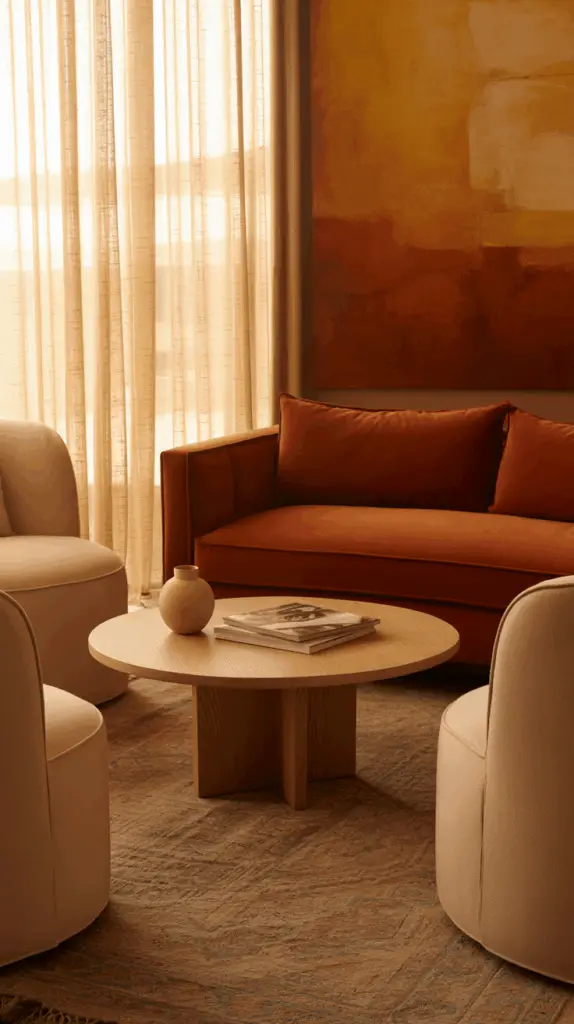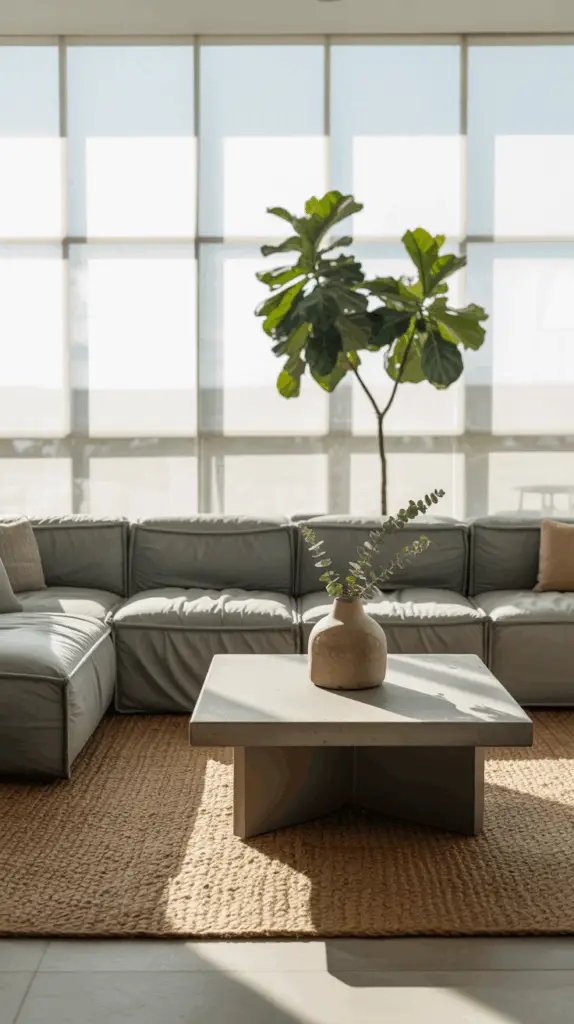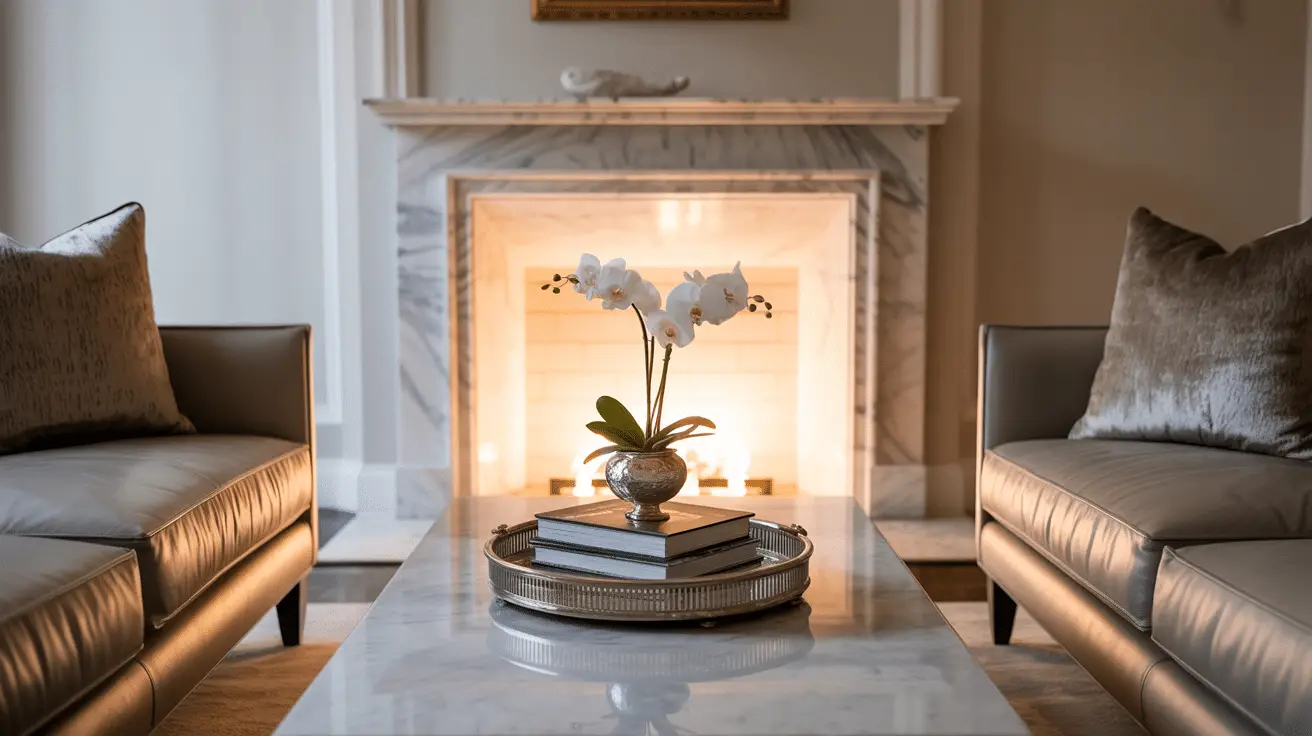5 Elegant Ways to Arrange Living Room Seating for Style and Comfort
Table of Contents
Introduction
The living room is often considered the heart of the home—a place where family gathers, guests are welcomed, and relaxation is prioritized. Yet, one of the most overlooked elements in designing this essential space is the seating arrangement. According to interior design experts, the layout of your furniture can directly impact how people interact in a room, influencing not only comfort but also the flow of conversation and the overall ambiance.
Think about it: a poorly arranged living room may feel cramped, disconnected, or awkward, while a thoughtfully designed seating plan can transform even a modest space into an inviting retreat. Whether you’re entertaining friends over cocktails, enjoying a cozy movie night, or reading quietly with a cup of tea, the way your seats are positioned makes all the difference.
In this article, we’ll explore five elegant ways to arrange living room seating that strike the perfect balance between style and functionality. Each arrangement is designed to maximize space, encourage connection, and elevate your decor. From symmetrical layouts to conversational clusters, you’ll discover practical techniques to reimagine your living room with elegance and ease.
Symmetrical Balance for a Formal Look
Symmetry has long been associated with timeless elegance. A symmetrical seating arrangement—where identical sofas or armchairs are placed directly opposite one another—creates a sense of order and refinement in your living room. This style is particularly effective for formal entertaining, as it encourages face-to-face conversation and enhances visual balance.
To create this look, start with a central anchor point, such as a coffee table, fireplace, or large area rug. Place matching seating pieces on either side, ensuring they mirror each other perfectly. Add side tables and lamps for cohesion, and introduce accent pillows or throws to soften the structured lines.
This layout works well in both large and medium-sized living rooms, especially those with a natural focal point like a mantel or large window. However, it may not suit smaller, irregularly shaped spaces where flexibility is required.
Table: Key Elements of a Symmetrical Arrangement
| Element | Purpose | Example Idea |
| Anchor point | Grounds the layout | Fireplace, coffee table, area rug |
| Mirrored seating | Creates balance | Two identical sofas or armchairs |
| Accent lighting | Adds ambiance and definition | Twin floor lamps or sconces |
| Accessories | Soften and personalize | Cushions, throws, artwork |
The Conversational Cluster
If your living room is a hub for gatherings, a conversational cluster is an elegant and functional choice. This arrangement places seating in close proximity, encouraging interaction and creating an intimate atmosphere. Rather than focusing on symmetry, this layout emphasizes inclusivity, allowing everyone to feel part of the conversation.
Arrange sofas and chairs in a circular or semi-circular shape around a central piece, such as a round coffee table or ottoman. Mix and match seating styles—like a combination of a sofa, loveseat, and a pair of accent chairs—for visual interest. The key is to keep the distance between seats close enough for easy conversation but spacious enough for comfort.
This style shines in open-plan spaces or larger living rooms where socializing is the primary focus. It also works beautifully with layered lighting, such as pendant fixtures overhead and table lamps at the sides.
Checklist: Creating a Conversational Cluster
| Step | Action | Tip |
| Choose focal piece | Select central table or ottoman | Round or square works well |
| Mix seating styles | Combine sofa, chairs, loveseat | Add variety with fabric choices |
| Define with rug | Ground seating arrangement | Rug should extend under all seats |
| Add flow | Leave pathways for easy movement | Avoid blocking walkways |

Zoning with Sectionals
Sectional sofas are both practical and stylish, especially for modern homes. By their very nature, sectionals define zones within the living room, making them ideal for open-concept layouts. They provide ample seating and can be positioned to delineate areas for lounging, dining, or working without the need for physical dividers.
Place your sectional so one side acts as a boundary, subtly separating the living space from adjacent areas. A chaise or extended lounge adds comfort while also signaling a cozy corner. Complement the sectional with accent chairs or poufs to prevent the space from feeling too one-dimensional.
To keep the look elegant, avoid oversized sectionals in small rooms, as they may overwhelm the layout. Instead, choose a modular design that can adapt over time. Pair with sleek accessories and a well-sized rug to visually tie the arrangement together.
Table: Sectional Sofa Arrangement Tips
| Feature | Benefit | Styling Idea |
| Chaise extension | Creates cozy lounging spot | Add soft throw and pillows |
| Open boundary | Defines zones without walls | Position chaise toward dining space |
| Modular design | Adapts to room size and needs | Reconfigure when redecorating |
| Complement pieces | Adds balance to layout | Pair with accent chairs or poufs |

Floating Furniture for Spacious Flow
One of the most elegant tricks in interior design is “floating” your furniture—positioning seating away from the walls. This arrangement makes the room feel more open, dynamic, and intentional. By creating defined zones in the center of the space, floating furniture allows for better conversation flow and a more curated look.
Begin with an area rug large enough to anchor the arrangement, then position sofas and chairs around a central coffee table, leaving walkways around the perimeter. Floating furniture is particularly effective in larger rooms or spaces with multiple entry points, as it encourages movement while still feeling cohesive.
Styling details matter here: console tables behind sofas add both functionality and elegance, while layered lighting ensures the arrangement feels inviting. Avoid pushing all seating against walls, as this can make the room feel stark and disconnected.
Checklist: Floating Furniture Arrangement
| Step | Action | Tip |
| Anchor with rug | Place rug in center | Should extend beyond seating edges |
| Float main pieces | Move sofa/chairs away from walls | Create intentional grouping |
| Add side furniture | Include console or side tables | Provides storage and decor space |
| Define lighting | Use floor lamps or pendants | Highlight seating area |
Layered Seating with Versatile Pieces
For maximum flexibility and elegance, layered seating is a practical yet stylish solution. This involves combining permanent furniture—like sofas and armchairs—with versatile pieces such as poufs, stools, or benches. The layered effect allows you to adapt the space depending on your needs, from intimate family time to larger gatherings.
Start with your core seating and then introduce movable pieces that can be tucked away when not in use. Ottomans can double as extra seats or footrests, while benches can be pulled forward for movie nights or pushed against a wall for added decor. Layered seating is particularly effective in small to medium-sized living rooms where maximizing utility is key.
Table: Versatile Seating Options
| Piece | Function | Best Use |
| Poufs | Flexible seating/footrest | Extra guests or casual lounging |
| Ottomans | Dual-purpose as table or seat | Small gatherings or relaxed style |
| Benches | Adds seating without bulk | Against walls or at coffee table |
| Stools | Portable and lightweight | Quick, movable extra seating |
Conclusion
Arranging living room seating is about more than fitting furniture into a space—it’s about creating an environment that balances beauty, comfort, and connection. Whether you prefer the symmetry of a formal setup, the intimacy of a conversational cluster, the practicality of a sectional, the openness of floating furniture, or the versatility of layered seating, each approach offers its own charm and purpose.
By thoughtfully considering layout, focal points, and flow, you can design a living room that not only looks elegant but also enhances how you live day to day. With these ideas as your guide, your living room can become a stylish, functional sanctuary that welcomes every guest and enriches every moment.

